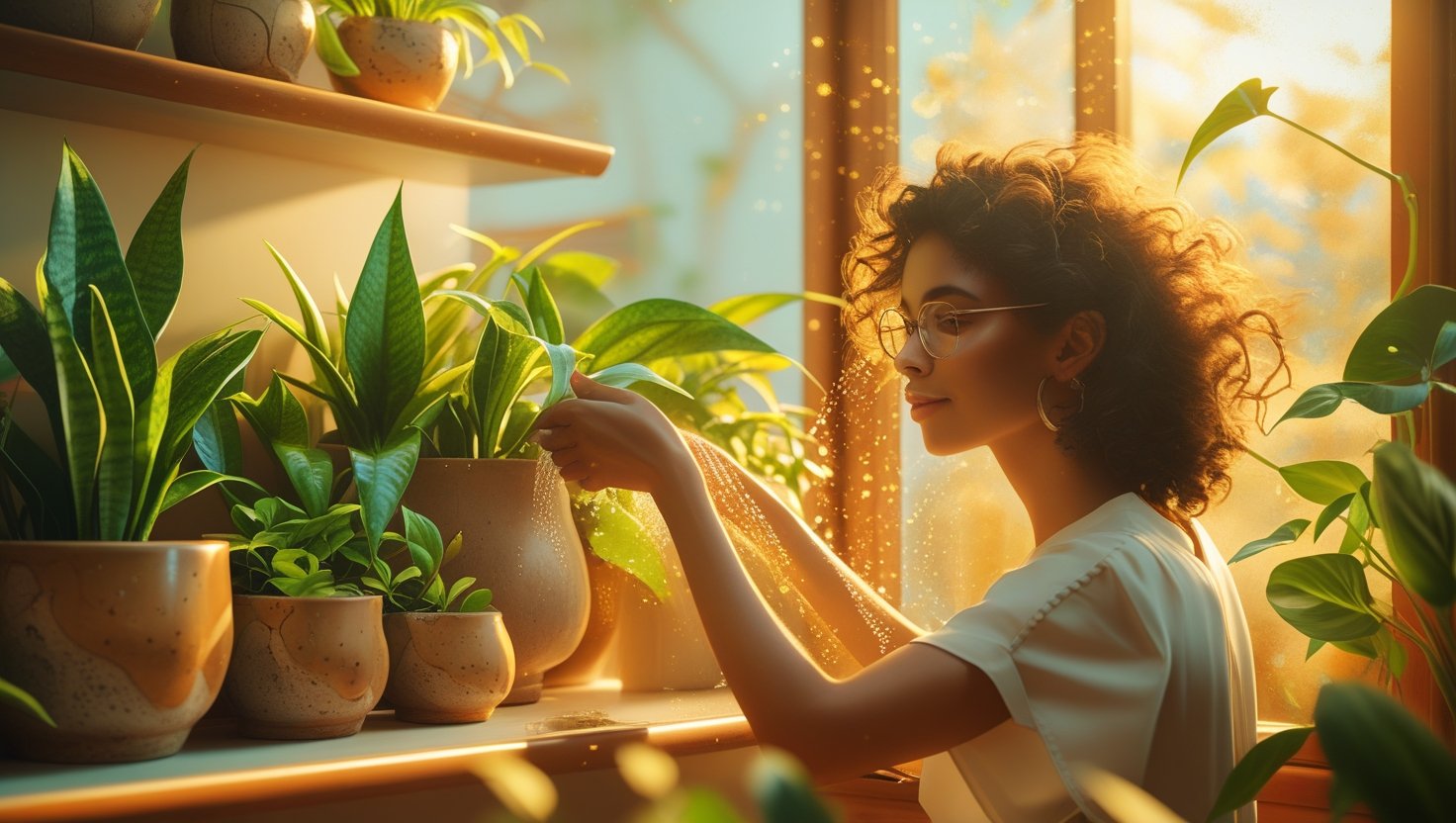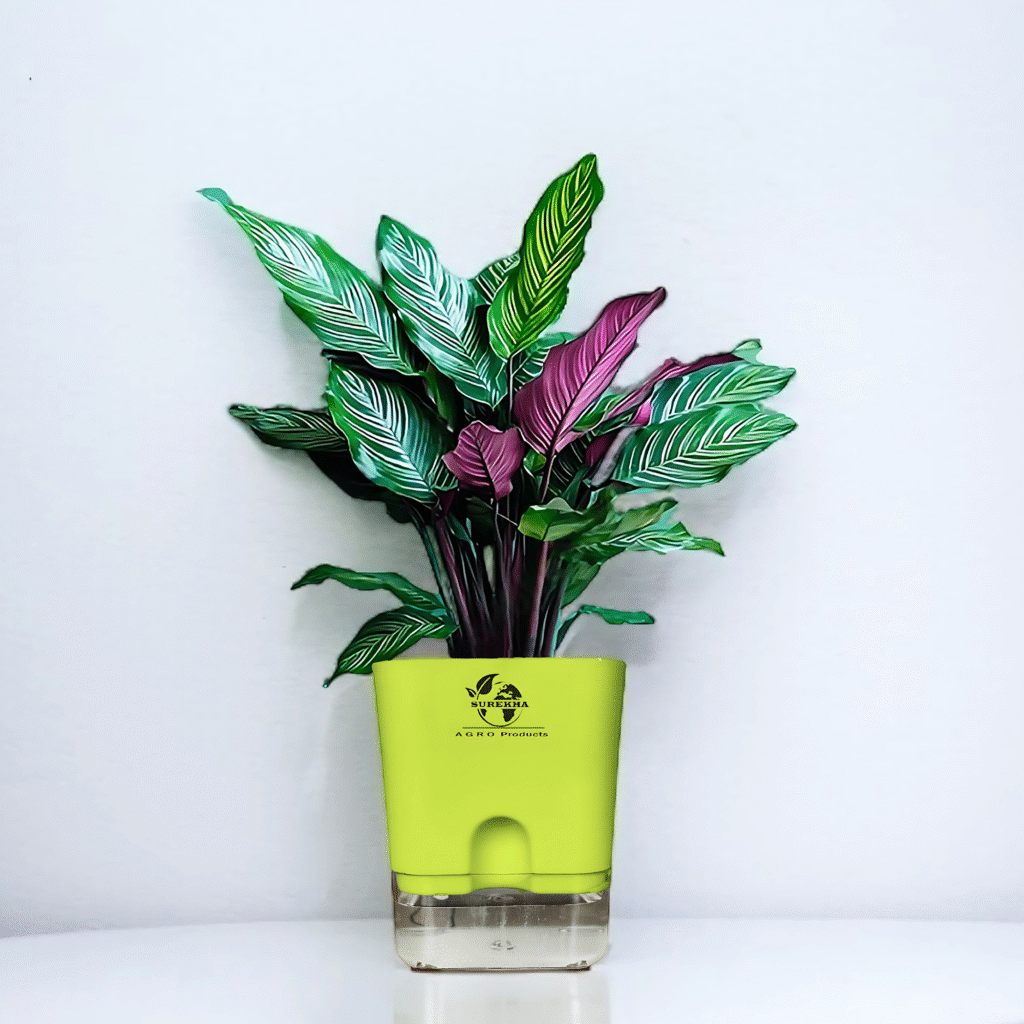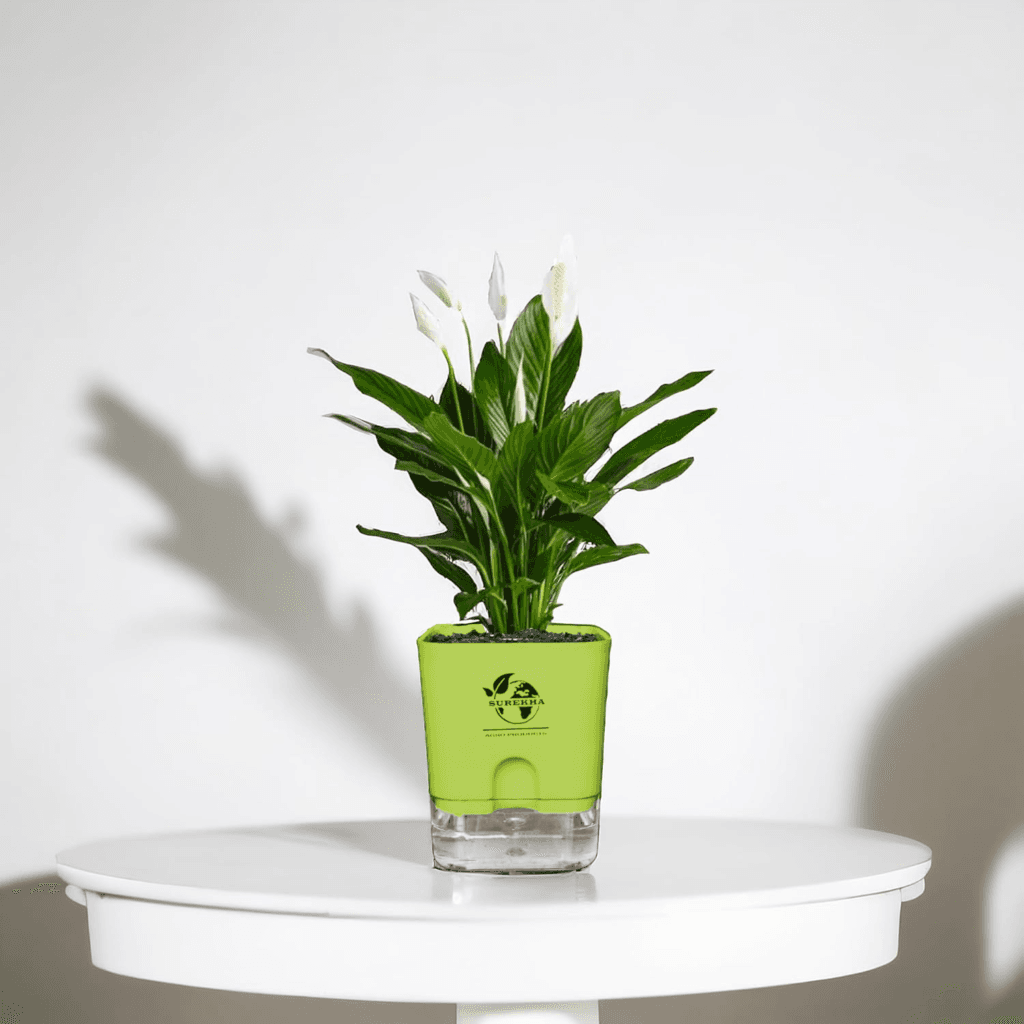
If you like having some greenery within the home but struggle to keep your plants thriving, then you’re not alone. The majority of us take beautiful plants with the best of intentions—only for them to die within weeks.
The best part? It’s actually simpler than you’d think to care for plants, even if you’re a complete newbie or have an incredibly hectic schedule.
In this article, I’ll be sharing 7 simple, convenient ways to care for plants at home—tips that need neither a green thumb nor expensive equipment. A little regularity and attention can do magic.
Choose the Right Plants for Your Space
Take a moment to reflect on your home environment before you buy a plant. Do you receive lots of sunlight? Is your environment dry or humid? Do you Like low-maintenance plants?
To take care of plants correctly, you need to start with the ones that actually suit your living conditions. ZZ plants and Snake plants, for instance, are perfect for low-light spaces and are very tolerant. If you prefer something a bit more lush, pothos and peace lilies are great for beginners and do very well indoors with moderate light.
By choosing plants that are suited to your home’s natural conditions, you’re already on the right path from day one.
2. Water Wisely, Not Excessively
Of course, one of the most common mistakes that people make when attempting to take care of plants is overwatering them. It’s so pleasant to fawn over your baby greens, and yet too much water can destroy the roots of the plants and put them into trouble.
Water only when the surface inch or so of soil is dry. Water always with pots that drain so that water does not collect at the base. If unsure, it is safer to underwater slightly but never to overwater.
Keep in mind that every plant has unique water requirements, so be sure to learn them separately.
3. Provide Adequate Sunlight
Like humans, plants require light to survive—but not every light is the same. Certain plants adore brilliant, direct sun, whereas others enjoy indirect or even low light.
To take good care of plants, position their light needs along with your house lighting. Sun lovers like cacti and succulents work best when they are put next to south windows. For partial natural light, select plants that live on indirect lighting, like pothos, ferns, or dracaenas.
And don’t be afraid to move your plants seasonally so that they receive the right amount of rays.
4. Use the Right Soil and Fertilizer
Soil is not dirt—it’s an important aspect of how you care for plants. Plant requires various types of soil to thrive. Succulents, for instance, need a sandy, draining mix, whereas tropical plants love rich, well-aerated potting soil.
Fertilizing your plants every few months will also make them grow healthily and strongly. Use organic fertilizers whenever you can, and never over-fertilize, as this will scorch roots and do more harm than good.
Healthy soil equates to healthy plants—so don’t skip this step.
5. Keep the Leaves Clean and Dust-Free
A low-key but infrequently practiced method of plant care is washing their leaves. Dust and dirt can be a barrier to sunlight, preventing photosynthesis—the way plants make food.
Wash leaves with a soft, damp cloth or water mist them and allow dust to drip off. Not only does it make them appear wonderful, but it provides an opportunity to find early disease or insect infestation.
Your plants will actually breathe more easily with clean leaves.
6. Repot When Necessary
Plants also outgrow their pots! If you see roots emerging from the drainage holes of the pot, stunted growth, or drying too quickly, it may be time to repot.
To take proper care of the plants, indoor plants need repotting once in 1–2 years. Select one that is one size larger than the pot that your plant currently occupies, change the soil, and transfer your plant carefully at the time of growing season (spring or early summer).
Repotting is a little messy, but your plants will thank you for the extra space to grow their roots.
7. Watch Out for Pests and Diseases
Even the healthiest houseplants can fall into disrepair with insects. Spider mites, mealybugs, and fungus gnats are typical indoor plant pests. Catch them early.
Inspect your plants regularly—under leaves and around the base for any signs of infestation. In order to provide effective care to plants, work quickly with homemade products like neem oil, insecticidal soap, or by removing infested plants.
Having healthy plants in the first place also makes them more resistant to pests.
Conclusion
Caring for home plants doesn’t have to be difficult. All it takes is a little attention and observation to be able to cultivate healthy, content plants inside the home.
Let’s go through the 7 easy steps to take care of plants:
- Choose suitable plants for your region
- Save water, not wastefully
- Supply sufficient sunlight
- Use the right soil and fertilizer
- Maintain the leaves dust-free and clean
- Repot if necessary
- Be cautious against pests and diseases
Start with one or two of these tips, and you’ll be a plant care pro in no time. Your own plant care tricks? Leave them in the comments—I want to hear what works for you!
FAQs
1: What are the easiest indoor plants to start with if I’m new to plant care?
Answer:
If you are a beginner, choose low-maintenance plants like snake plants, ZZ plants, pothos and spider plants. These plants are forgiving, require minimal watering, and are flexible to changing light conditions, and thus they are ideal for beginners.
2: How often should I water my indoor plants?
Answer:
There’s no one-size-fits-all answer, but there is a general rule when you take care of plants is to water only when the top inch of soil feels dry. Overwatering is a common mistake, so it’s better to underwater slightly and adjust based on your plant’s specific needs and the season.
3: Do I need to fertilize my houseplants?
Answer:
Yes, to properly take care of plants, occasional fertilizing helps support healthy growth. Most houseplants benefit from being fertilized once every 4–6 weeks during the growing season (spring and summer). Always use a suitable, diluted fertilizer to avoid overfeeding.
4: How can I tell if my plant is getting enough sunlight?
Answer:
When you take care of plants, observing their leaves can give you clues. Pale or droopy leaves may signal insufficient light, while scorched spots could mean too much direct sun. Rotate your plants regularly and experiment with placement to find the best light conditions.
5: What should I do if I notice pests on my plants?
Answer:
To take care of plants with pests, first isolate the affected one. Then, wipe down leaves and treat with natural remedies like neem oil or insecticidal soap. Regularly inspecting your plants helps catch pests early before they spread to others.


